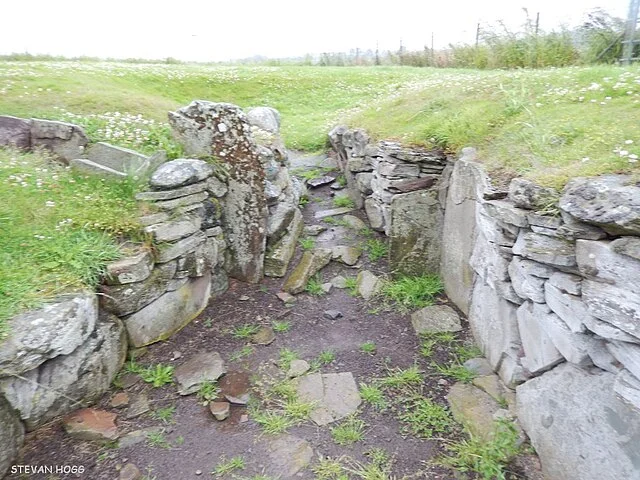Carlungie Earth House, located in Angus, Scotland, is a unique archaeological structure dating back to the late Iron Age, around 200 to 400 AD. This type of site, known as a souterrain, was used by Iron Age communities in Scotland, and Carlungie is one of the most well-preserved examples.
Get your dose of History via Email
Discovery and Excavation
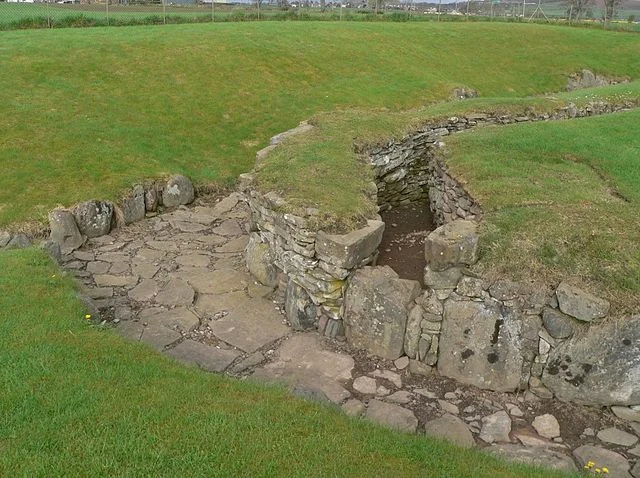
In 1949, archaeologists first discovered Carlungie Earth House during a routine farming operation. Excavations began shortly afterward, led by prominent archaeologist Charles Calder. The structure consists of underground passageways built with large stone slabs and roofed with flat stone lintels. The earth house, or souterrain, was likely covered with a wooden or turf roof.
Purpose and Use
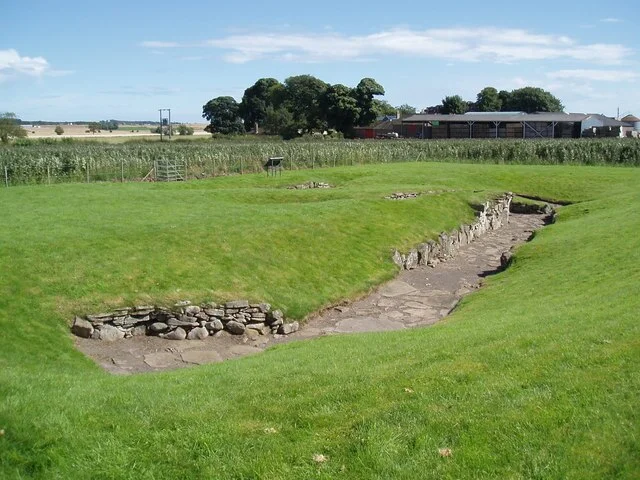
Researchers believe the souterrain was used for storage rather than as a living space. The underground construction helped regulate temperature, making it ideal for storing food, particularly grains, during colder months. The absence of domestic artifacts, such as cooking tools or pottery, supports the theory that Carlungie Earth House was not a dwelling.
The entrance to the souterrain is connected to an above-ground roundhouse. The roundhouse likely served as the main living space for the inhabitants. This integration between underground storage and living quarters is typical of Iron Age communities in Scotland.
Structure and Features
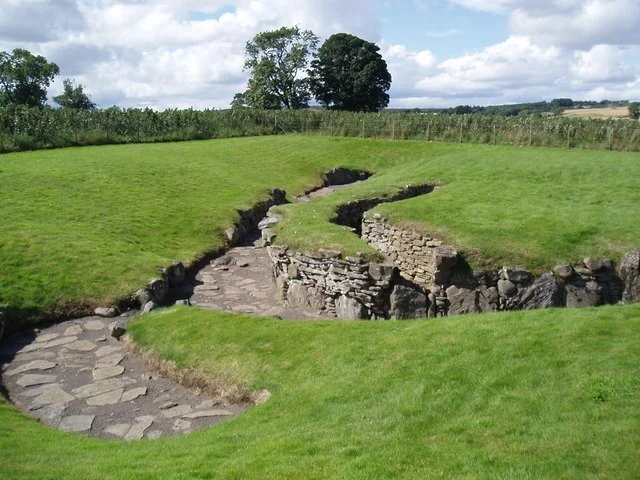
Carlungie Earth House is an elongated stone-lined passage. The stone slabs forming the walls were carefully fitted, ensuring structural integrity. Some areas feature corbelling, a technique where stones are arranged in overlapping layers to support the roof.
The souterrain also has several side chambers, which could have been used to store different types of food. The site was likely rebuilt multiple times, as evidenced by changes in the layout and construction techniques.
Importance of the Site
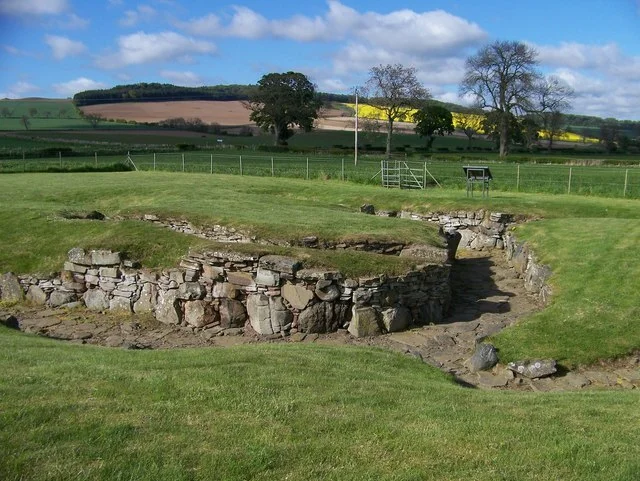
Carlungie Earth House is an important example of Iron Age engineering and adaptation to local environmental conditions. Its design demonstrates the community’s ability to create stable, functional underground storage solutions. The site provides valuable insight into the domestic economy of Iron Age Scotland.
Additionally, Carlungie Earth House offers clues about the broader network of Iron Age settlements in the region. Its proximity to other archaeological sites suggests that Carlungie was part of a larger community.
Conclusion
Carlungie Earth House remains one of Scotland’s best-preserved souterrains. Its construction techniques, purpose, and integration with above-ground living spaces highlight the ingenuity of Iron Age societies. Today, the site serves as a valuable resource for understanding the daily life and survival strategies of people living in ancient Scotland.
Source:

